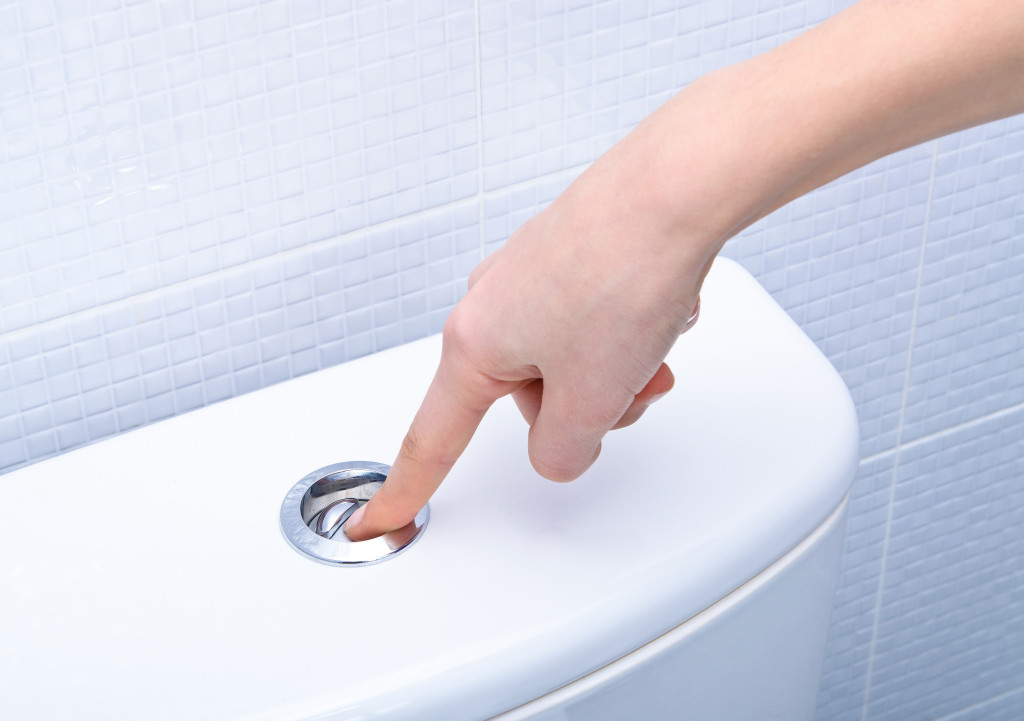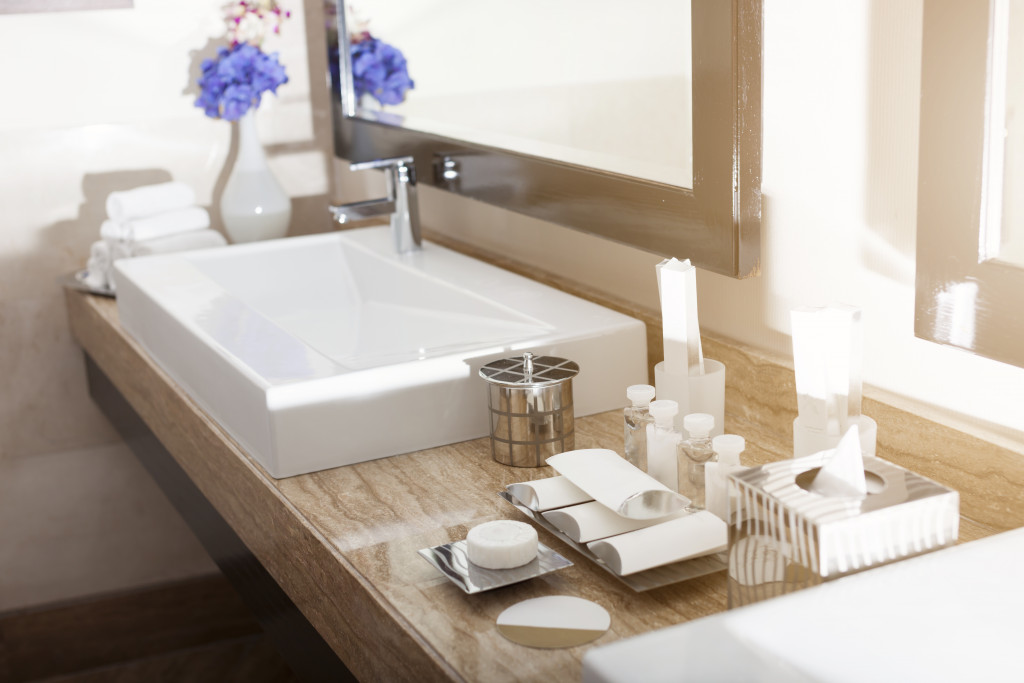A dirty bathroom is an unhealthy bathroom. If you let it be a breeding ground for pathogens and bacteria, then you just might be putting yourself and your family at risk of completely avoidable sicknesses. However, you might not be aware of the habits that are making your bathroom filthy–even if it looks clean on the surface.
Therefore, here are the habits that you must avoid to keep your bathroom germ-free:
1. Using the same rag for everything
Do you use the same rag to clean your bathroom vanities and your shower glass? You might not see it, but you’re actually spreading bacteria from one place to another, effectively making every surface of your bathroom ridden with germs.
This is why using different rags for different surfaces is crucial. Have separate rags for showers, baths, sinks, and countertops–these surfaces have different levels of germ content, and cleaning them with separate rags helps keep those germs from spreading.
2. Putting your soap in a soap dish
Notice that the soap in your soap dish is always wet–or at least one side is. The moisture makes it an excellent breeding ground for germs even if, yes, soap is essentially supposed to get rid of them. However, the constant moisture makes that difficult or sometimes even impossible.
Instead of using a soap dish that doesn’t allow all of the water to drain away, put your soap in a wire shower caddy, or use liquid soap instead.
3. Not cleaning your shower curtain
Shower curtains are almost always wet, which means they are susceptible to mold growth. Thus, if you don’t clean your shower curtain regularly, you’re essentially letting mold spores grow in the shower and touch parts of your body. Gross, right? To prevent mold growth on your shower curtain, clean it with bleach regularly and sun-dry it. If the plastic is too moldy, however, it might be better to just replace it.
4. Hanging towels close together
Hanging damp towels all one one shower hook or rack makes it hard for the moisture to dry completely. As a result, mildew grows on your towels and causes that unpleasant smell associated with towels left damp for too long. Moreover, hanging towels too close together can spread germs from person to person, which can be dangerous if one of them has a skin issue.
Avoid hanging towels too close together and ensure that they are hung in a way that will allow them to dry completely. Also, make it a point to wash towels at least once a week to get rid of bacterial growth on their surfaces.
5. Flushing the toilet with the lid up

When you flush the toilet with the lid up, you may be spreading microbes all over your bathroom through aerosol droplets from the toilet water. This is especially true if you’re flushing down feces or vomit, which can contain pathogens such as Salmonella, E. coli, and Shigella.
That said, make it a point to flush the toilet with the lid down every time.
6. Not sanitizing high-touch areas
High touchpoints in your bathroom include the toilet flush lever, light switches, faucets, shower handles, cabinet pulls, and doorknobs. Failure to sanitize these things can lead to the rapid spread of germs in your bathroom, which can end up affecting your health.
To avoid this, sanitize these high-touch areas with bleach or antibacterial wipes at least once or twice a week. You may want to do it more often if a family member is sick (and make sure they wash their hands every time they use the bathroom).
7. Having only one hand towel
If you live with other people, it’s best to have one hand towel for each person in the household. Otherwise, you may be sharing germs with other people–and you never know how good they are at washing their hands or where they even used the towel.
Aside from having separate hand towels, wash them at least once a week. If someone in the house is sick, wash them at least once a day or use paper towels for now.
8. Not rinsing the tub or shower floor
Failure to rinse the bathtub or shower floor thoroughly after using them can leave soap suds on their surfaces. These suds can turn into soap scum, which is not only unsightly but is also dirty because scum contains dead skin cells and bacteria.
Rinse your tub or shower after every use. To avoid scum from building up, clean them regularly with soap and bleach.
You may be unknowingly committing these bad habits and unintentionally making your bathroom filthy. But now that you know to avoid these habits, you can make your bathroom a truly cleaner, germ-free place.

